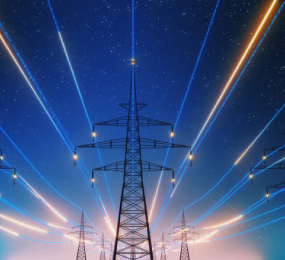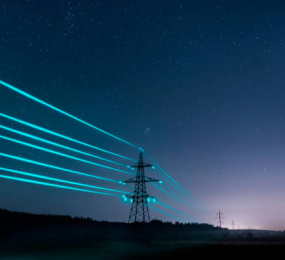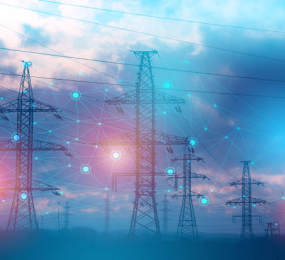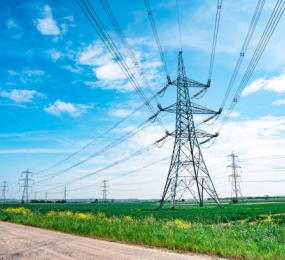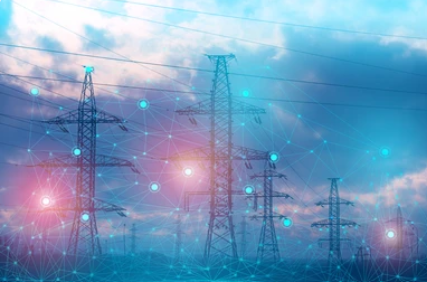The Role of Edge Computing in Power Grid Automation
The increasing complexity of power grids, driven by factors like renewable energy integration and distributed generation, demands more sophisticated automation solutions. Edge computing is emerging as a key technology to address these challenges, offering decentralized computing capabilities closer to the data source. In power grid automation, this translates to enhanced efficiency, reliability, and resilience.
Traditional power grid systems rely heavily on centralized control, which can lead to latency issues, communication bottlenecks, and single points of failure. Edge computing mitigates these problems by enabling local processing of data generated by grid devices such as smart meters, sensors, and actuators. This reduces the amount of data that needs to be transmitted to central servers, leading to faster response times and improved real-time control.
One of the primary benefits of edge computing in power grid automation is its ability to support real-time applications. For instance, in fault detection and management, edge devices can quickly analyze data from sensors and initiate protective actions, minimizing the impact of outages. Similarly, in voltage control and optimization, edge computing enables dynamic adjustments based on local conditions, improving grid stability and efficiency.
Edge computing also enhances the resilience of power grids by enabling ???????operation during communication disruptions. In the event of a network failure, edge devices can continue to monitor and control critical grid functions, ensuring uninterrupted power supply. This distributed approach makes the grid less vulnerable to cyberattacks and other disruptions.
Furthermore, edge computing facilitates the integration of distributed energy resources (DERs) such as solar panels and wind turbines. By processing data locally, edge devices can optimize the operation of DERs, manage their interaction with the grid, and support advanced applications like virtual power plants and microgrids.
In conclusion, edge computing plays a crucial role in the evolution of power grid automation. Its ability to enable real-time control, enhance resilience, and support DER integration makes it an essential technology for building a smarter, more efficient, and sustainable energy infrastructure.
Visit our website to know more: https://www.leadventgrp.com/events/2nd-annual-power-grid-digitalization-and-automation-forum/details
For more information and group participation, contact us: [email protected]
Leadvent Group - Industry Leading Events for Business Leaders!


